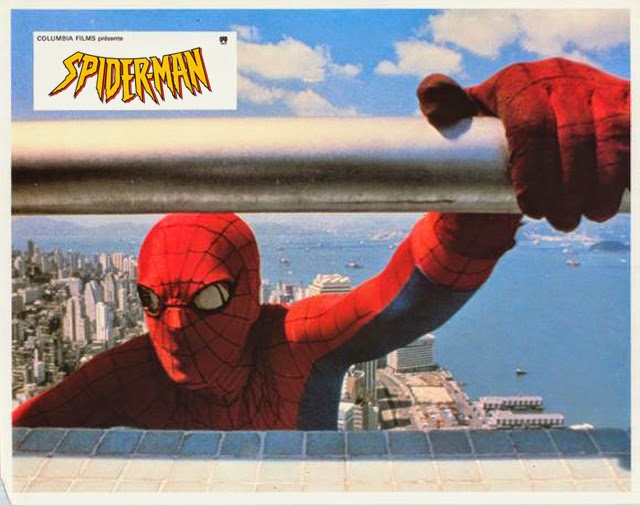In the ever-evolving landscape of gaming, every so often, a console emerges that captures the very zeitgeist of its time, defining not just a year, but an entire era of play. The mid-'70s was one such momentous period, and amidst the cacophony of beeps and the flashing pixels stood the Coleco Telstar series, not as a solitary offering but an expansive range, almost as if echoing the booming voice of its ambition across the years.
For many, the late '70s might seem like the dawn of home video gaming, but to keen observers, the early seeds were already sown. 1976 was a pivotal year in this story, and the Telstar, with its 14 different iterations, was the poster child.
A product of the Coleco company, a name that would later be synonymous with the Cabbage Patch Kids and the more advanced ColecoVision console, the Telstar was their foray into the Pong console market. These weren't just systems; they were statements, each with its distinctive personality.
At the core of the Telstar's success was the usage of General Instruments' AY-3-8500 chip, allowing the system to play a multitude of ball and paddle games. This one chip gave the Telstar its edge. Yet, it wasn’t without limitations. All games were variations on the theme of Pong, which, while captivating at first, had a shelf life in terms of variety.
The allure of the Telstar series was the diversity in offering. From the original Telstar to the ColorTrak and the Ranger, each console added a layer, be it colour output, additional games, or even light gun support.
One of the standout titles across the range was ‘Handball’, described by VintageGameReview as "Pong’s rebellious younger sibling, all grown up." Then there was ‘Jai-Alai’, a curious beast that melded the essence of racquetball and Pong into a frenetic, addictive gameplay experience.
But among the cavalcade of models in the Telstar series, three in particular always seemed to draw a double-take from enthusiasts and casual gamers alike: the Telstar Marksman, the Telstar Colormatic, and the Telstar Arcade. These models, while under the overarching Telstar umbrella, had unique attributes, daring to tread where others hadn't, and in the process, carving out their distinct identities.
The Telstar Marksman
In a world still adjusting to the novelty of gaming in one’s living room, the Marksman brought with it an accessory that was both audacious and captivating: a light gun. This peripheral, in essence, allowed players to take aim and ‘shoot’ at targets on their screens. One can argue that it was a precursor to the motion-controlled gaming revolution that would grip the world decades later.
The games bundled with the Marksman primarily revolved around target shooting, making optimal use of the light gun. But that wasn't all. It also had the standard paddle games synonymous with the Telstar brand.
Public reception to the Marksman was mixed but predominantly positive. Shooting pixels on a screen was a new sensation, and it catered to an audience that craved something more interactive and tangible in their gaming experience. The Marksman offered a physicality to the otherwise digital realm. RetroGamer's 1978 review noted, "With the Marksman, you're not just playing; you're actively involved, drawn into a world where your reflexes are the difference between a hit or miss."
However, it wasn't without its critics. Some reviews pointed out the limitations of the light gun's accuracy, while others felt the technology was more of a gimmick than a game-changer.
The Telstar Colormatic
The Colormatic was, in many ways, Coleco's answer to the growing demand for more vibrant visuals. As the name suggests, the USP of this model was its ability to display games in color. While this might seem rudimentary by today's standards, in the late '70s, it was groundbreaking.
Most Pong-style games of that era displayed in monochrome. The Colormatic, however, brought a burst of color, making games feel more lively and immersive. It wasn't just about playing tennis; it was about playing tennis on a green digital court with a distinct ball. Such nuances, though subtle, elevated the gaming experience.
Publicly, the Colormatic was received with much fanfare. It was a bridge between the old and the new, retaining the charm of classic games while infusing them with a fresh vibrancy. PixelPlay's magazine, in its 1977 issue, described it as, "A visual treat, the Colormatic is a testament to Coleco's commitment to pushing boundaries."
Yet, as with any innovation, the Colormatic had its share of naysayers. Purists believed the color didn't enhance gameplay and was merely a decorative addition. However, such voices were in the minority.
The Telstar Arcade
Every era has its game-changers, and the Telstar Arcade aspired to be just that. At a glance, its triangular architecture was a visual marvel. Each of its three sides hosted a different gaming control: a steering wheel for driving games on one, a gun for target-shooting experiences on the second, and the classic paddle for beloved ball-and-paddle games on the third. This design encouraged a communal, inclusive gaming experience, a stark contrast to the typically solitary affairs of its contemporaries.
Beyond its shape, the Telstar Arcade's innovative approach to gaming was evident in its embrace of cartridge technology. Prior Telstar models came with built-in games, limiting their longevity. The Arcade, however, introduced the possibility of expanding one's gaming library by swapping cartridges, a concept that would become standard in future gaming consoles.
Yet, groundbreaking designs often walk a tightrope between adulation and criticism. For all its novelty, the Telstar Arcade received a mixed reception. Some outlets, like Retro Realm, lauded it as a "pioneering piece of hardware." Others felt its design, though groundbreaking, lacked practicality. While its triangular form factor was visually striking, it didn't necessarily translate to commercial success. When juxtaposed against titans like Atari, the Arcade struggled to maintain a significant market presence, even with its unique design and cartridge system.
But the legacy of a console is not always about sales figures or market dominance. The Telstar Arcade's real contribution to gaming lies in its bold departure from the norm. It was a testament to an era where manufacturers dared to be different, to challenge conventions and reshape the very idea of home gaming. Modern gaming systems, with their multi-purpose functionalities, owe a nod to pioneers like the Arcade. And in today's world, where retro charm is highly valued, the Telstar Arcade remains a coveted piece for collectors and enthusiasts.
Competing the entire range with the likes of Magnavox Odyssey and the Home Pong, the Telstar had to carve its niche. A 1976 review from GameArchives noted, "The Telstar, in its various avatars, brings to the table a vibrancy that others simply lack. It’s like having a mini-arcade at home." Yet, another from RetroRealm commented on its limitations: "In the vast sea of Pong consoles, the Telstar makes waves, but they aren’t always the biggest."
The public reception, however, was predominantly positive. By the end of 1977, over a million Telstar units had found their way into American homes, a testament to its allure. The price point was a significant factor. Retailing between $50 to $75, depending on the model, it was accessible. Adjusted for inflation, it translates to roughly $220 to $330 today.
The marketing was ingenious. Coleco played on the multiplicity of the series, often releasing adverts showcasing the range and not just singular models. It created a need, a desire to be part of the Telstar family, to upgrade and experience the next big thing.
In terms of legacy, the Telstar series is an embodiment of ambition. While not every model was a roaring success, and indeed the rapid release of 14 models in just a few years perhaps diluted its impact, the series laid the foundation for Coleco’s future endeavours.
Peeking into the past with today’s lenses often leads to a mix of nostalgia and scrutiny. The Telstar series might have had its quirks, but for many, it was the gateway to gaming. As consoles evolved, the simplicity of the Telstar became its charm. It harkens back to a time when gaming was unadulterated fun, free from the chains of microtransactions and DLCs.
In conclusion, the Coleco Telstar series stands tall in the annals of gaming history. Not just for its breadth but for its audacity, its willingness to experiment, and its undying commitment to delivering joy. It's a testament to a bygone era, a beautiful, pixelated reminder of where it all began.

































No comments:
Post a Comment